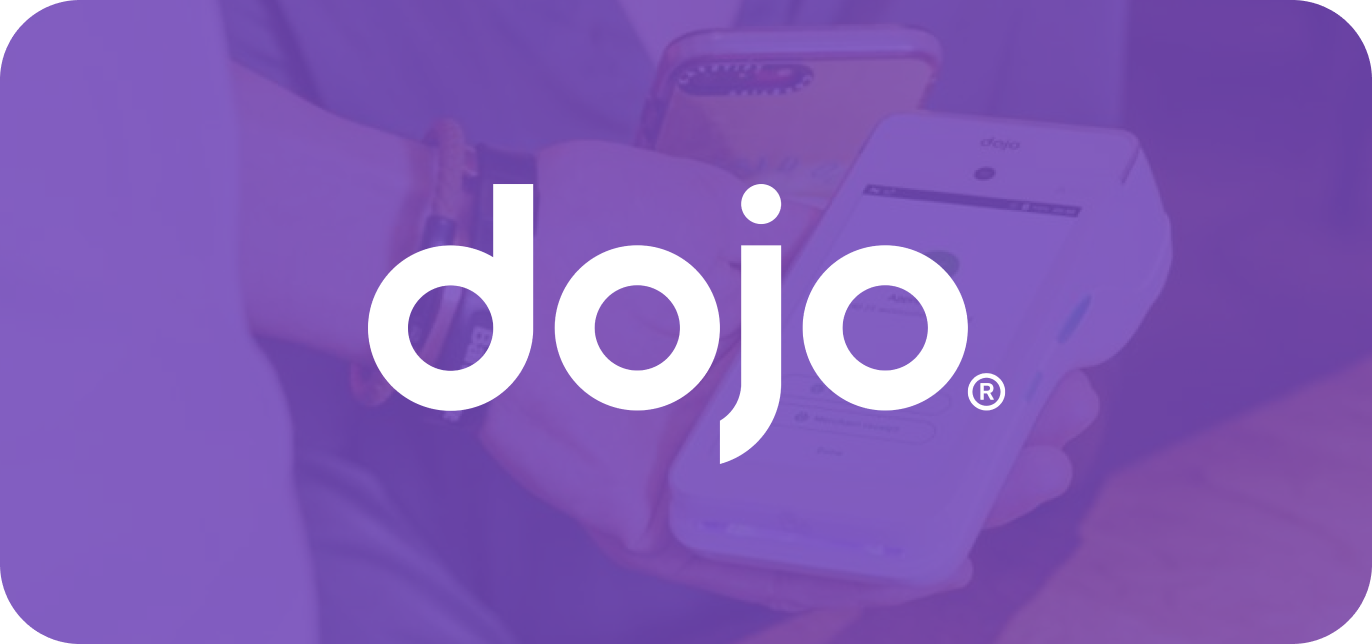


Executive Summary
Cushman & Wakefield is a leading global real estate services firm with approximately 50,000 employees worldwide and $7.8 billion in revenue. Alan Murray — VP of Architecture and Application Development — and his team “make sure everything is happening according to plan and that all the trains are running on time and without collisions.” This means building apps and frameworks that allow the company’s global workforce to get their work done without any hitches.
But with a front-end-heavy architecture, previous solutions weren’t fully compatible with Cushman & Wakefield’s Angular-based approach, leaving blind spots in the understanding of their apps’ user experience.
“Traditional logging systems don’t work for us. What I care about most is the experience for the end user. And because that’s all happening on the client side, I can’t use most solutions. I needed a solution that would run in the user’s environment and tell me what was going on on their side.”
Cushman & Wakefield switched to LogRocket for an unobstructed view of the user experience that would allow them to swiftly resolve both bugs and user experience issues. Thanks to the increased visibility provided by LogRocket, the Cushman & Wakefield team now identifies and resolves issues faster, pinpointing the root cause in less than 10 minutes.
Today, Cushman & Wakefield is using LogRocket across 14 internal applications, and the team is looking to LogRocket to proactively improve app experiences through a better understanding of feature usage and adoption. This will allow them to identify areas of high return and areas that need improvement.
Eliminating blind spots
In order to build and scale quickly, Cushman & Wakefield builds Angular apps that run on the client side. While this architecture provides performance and flexibility, it also means that traditional logging solutions don’t provide visibility into the end user experience.
The Cushman & Wakefield team had been using a combination of traditional monitoring and playback tools to try to understand the end user experience. But this left too many blind spots into what was actually happening.
“The biggest value proposition for us, for LogRocket in general, is diagnosing and recreating what was happening for the end user at the time so that we can then go in there and fix it.”
“We can not only recreate the user’s session like we could with our previous solution, but we can do it with a developer’s eye,” says Alan. With LogRocket’s combination of pixel-perfect session replay and detailed technical insights, “I could see their dev tools as if I’d had users open it up and I was screen sharing with them to see what was happening.”
Creating a shared user experience
Cushman & Wakefield began using LogRocket as a way to quickly identify and solve issues when users came to them saying that something wasn’t working. Previously, they would rely on users telling them what happened and attempt to recreate the issue, but relying on user accounts was an imperfect and time-consuming process.
The original session replay solution helped, but it wasn’t until Cushman & Wakefield switched to LogRocket and was able to see session replays alongside logs, network requests, and performance metrics that they were able to make the connection between recreating a problem and diagnosing the root cause. “It helps you understand how your users are actually using apps in the real world,” says Alan. "It finds things you didn’t think of.”
“Being able to replicate what users were doing at the time and with full fidelity and with all the developer information you need to find the issue, that’s the key.”
With LogRocket, the Cushman & Wakefield team now has a complete picture of every issue, from identification to recreation to investigation. They can easily differentiate between what is user error and what are bugs that need to be fixed immediately. “When someone says, ‘Hey, this isn’t working,’ I can go watch their replay before I respond to them. I can give them better immediate response and feedback before asking them basic questions to understand their context. I have all of that at my fingertips already.”
Because the team has an immediate understanding of each user’s specific context, they typically identify the root cause of an issue in 5-10 minutes, saving 4-5 hours of work per month.
Building a new generation of applications
Real estate has not traditionally been a technology-first industry, but Cushman & Wakefield is looking to lead the way. “We’re taking a very analog business of handshakes and dinners and turning it into a digital funnel.” Since adopting LogRocket, Cushman & Wakefield has expanded its use to 14 internal applications.
LogRocket has become increasingly important in identifying issues, and the team has expanded to external applications as well as internal ones. But because Cushman & Wakefield’s clients are another level removed from Alan’s team, it’s harder to get direct feedback on user experience.
Employees know the paths they can take to get help, but clients are a different story. “With a client, they may not know how, and they’re also probably not going to be as vocal, either. If they’re having an issue, they’re just going to get frustrated and give up.” Making sure LogRocket can identify the issues clients are facing — even when they don’t raise their hands — is essential in ensuring quality experiences.
“LogRocket is key because we can serve users and clients and make sure their experience is a good one, understand how they’re using our applications, and ask, ‘When we develop features for you, are you using them?’”
Cushman & Wakefield is now applying LogRocket to questions around application and feature adoption. “I’ve got the bugs sorted out, now I want to know if users are using apps to the best of their ability,” says Alan. “I’ve deployed a feature, how many people are actually using that?” By leveraging tools like heatmaps and conversion funnels, the team can see which features are being used and deliver value, and which ones need to be improved.
This has meant adding LogRocket to its Global Web and Digital Marketing team as well as its App Development team. As the Cushman & Wakefield website increasingly becomes a key component in the business’s lead generation strategy, the team needs to ensure that the conversion funnels it has set up are working as intended. When issues arise or conversion rates are not performing as expected, the team will be turning to LogRocket to identify the issues and remove friction from the process.
Want to get a clear understanding of how users are interacting with your apps? Try LogRocket free for 14 days.





